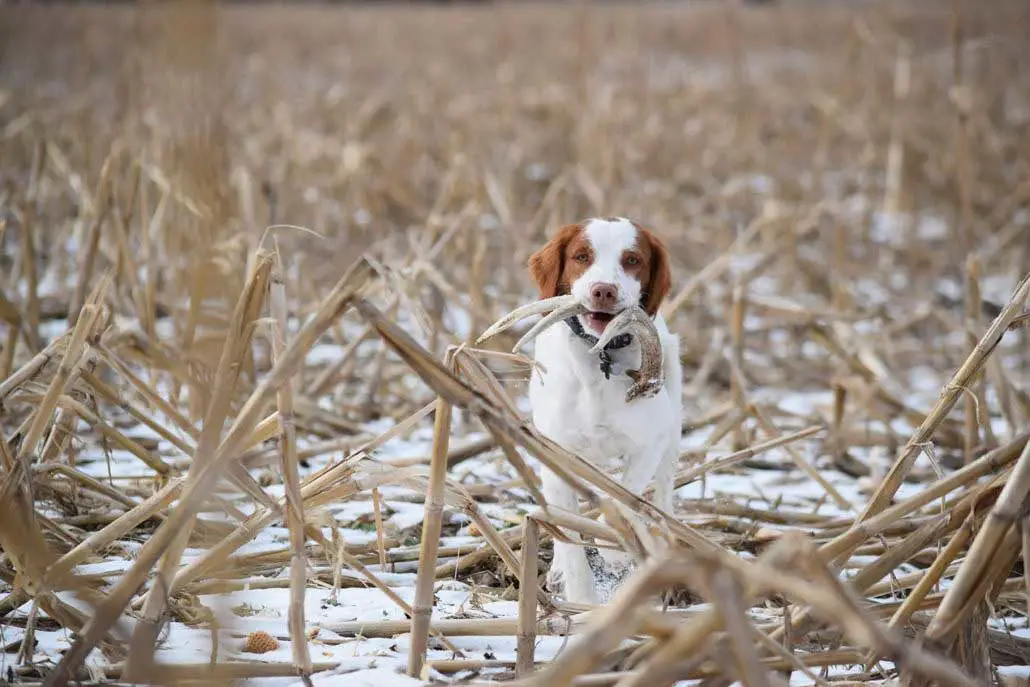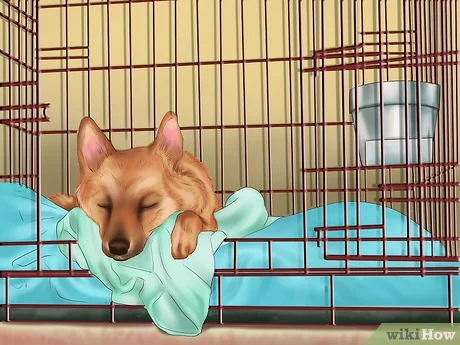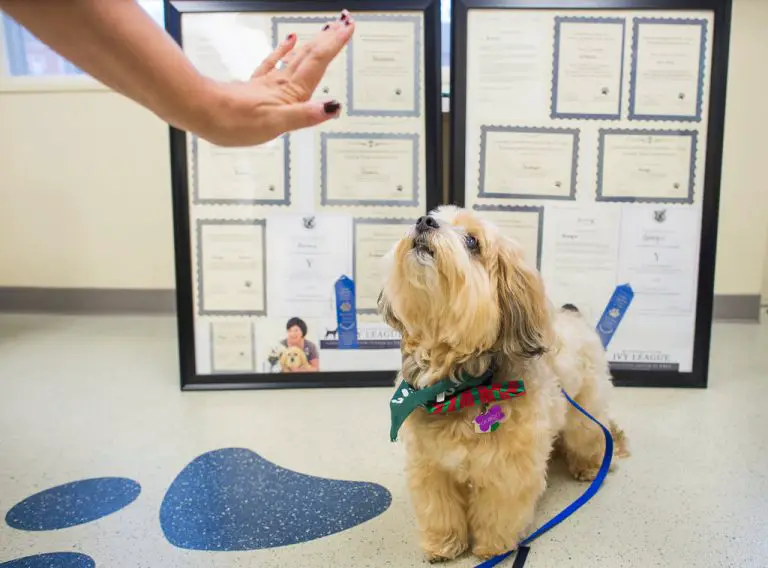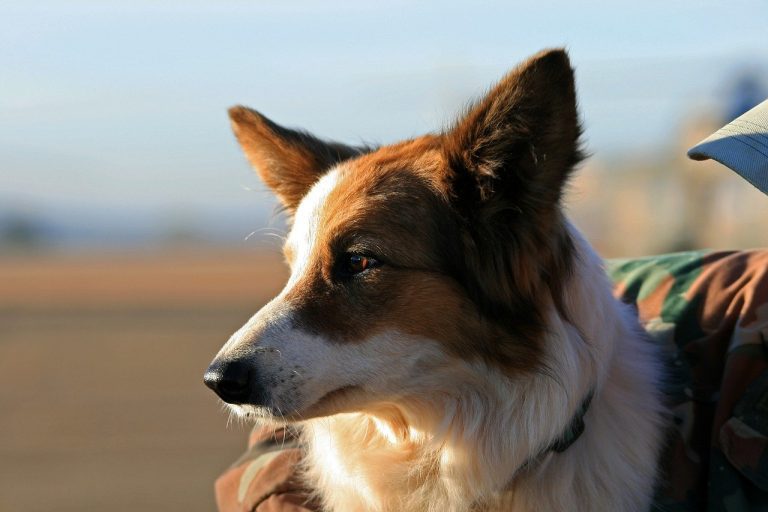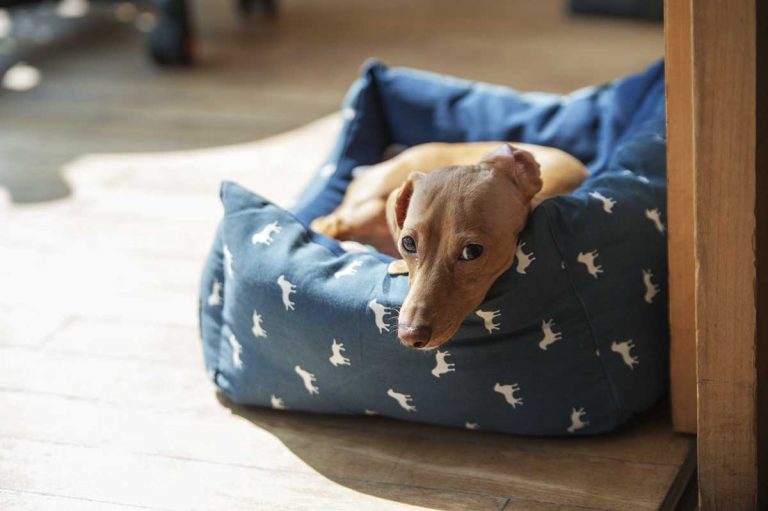Step by Step Guide & Useful Advice
Shed hunting can be a great excuse to spend more time outdoors, especially if you are an outdoor-junkie. It will take you deep into the woods just in time to see it waking up from the winter slumber.
The antlers you find will make a breathtaking wilderness-inspired decor in your home, or you can sell them to earn a few extra bucks. Of course, you need to find them first, and that is not an easy task.
It would be best to take your best hunting buddy with you – your dog! If you want to learn how to train a dog to shed hunt, stay tuned. Our step by step guide is sure to help!
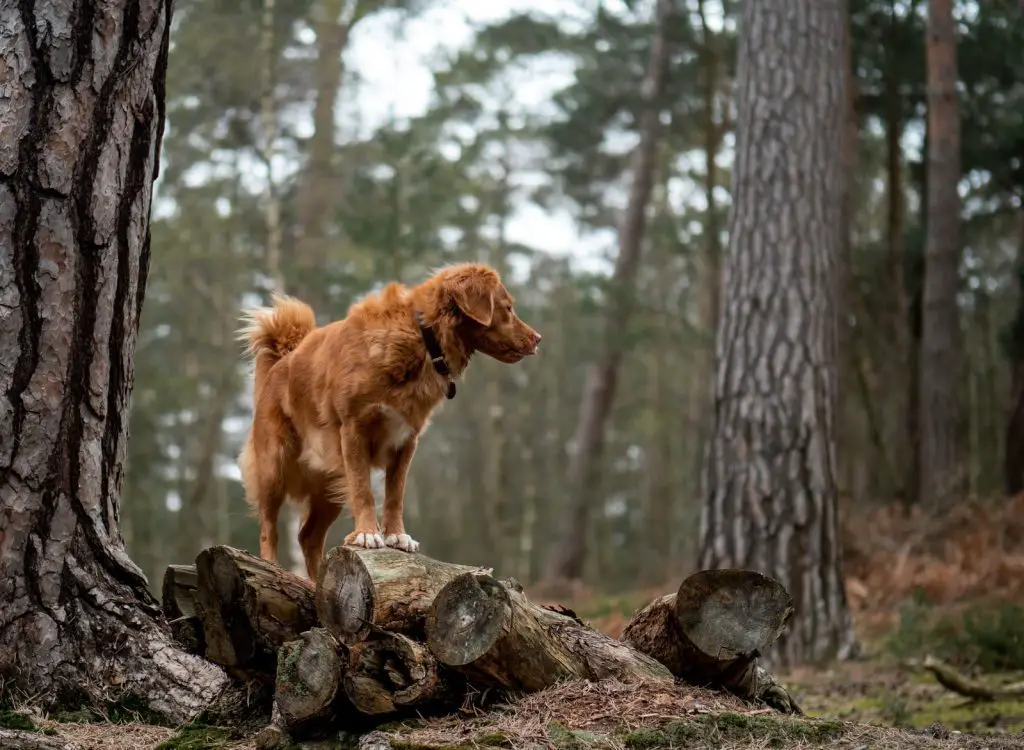
How to Train a Dog to Shed Hunt
Before you start training a dog for shed hunting, you should make sure he or she is capable of it. Not all breeds will prove to be up for that task.
The following breeds have proved to be the easiest to train to shed hunt:
a) Labrador Retriever
Labs might just be the finest hunting dogs around, and they make great companions in the off-season. They are highly intelligent and will do almost anything to please the owner – that makes them more than suitable for the title of the best shed hunting dog breed.
b) Pointer
Pointers are hardworking dogs that have both the desire and stamina to join you in your shed hunting adventure. They should quickly learn how to employ their powerful nose to help you find precious antler sheds.
c) American Foxhound
This breed has an inborn hunting instinct but can sometimes be too stubborn to train. If you start early, you should be able to make a foxhound an ideal shed hunting partner.
d) Beagle
Beagles have a desire to track game, and you can use that to turn them into fearless hunting dogs.
e) German Shorthaired Pointer
This breed makes excellent gun dogs that can sniff out the antlers in no time at all.
f) Bloodhound
Bloodhounds are superb tracking dogs often used by law enforcement in criminal searches. They are one of the most capable shed-hunting dogs too.
g) Golden Retriever
This breed is talented for tracking and retrieving waterfowl but can use the powerful nose to help you track down antler sheds too. Besides, Golden Retrievers are the perfect family pets.
h) Weimaraner
This excellent sporting dog has a strong prey drive, and if you introduce it early to sheds, you can train yourself a perfect field companion.
It might not be the best choice for first-time dog owners, though.
i) Pudelpointer
Pudlepointers can track game in roughest conditions. They are agile and loyal too.
Remember the following advice: Start training your dog as early as possible – dogs learn more quickly at a young age, and you are more likely to develop a strong bond with them.
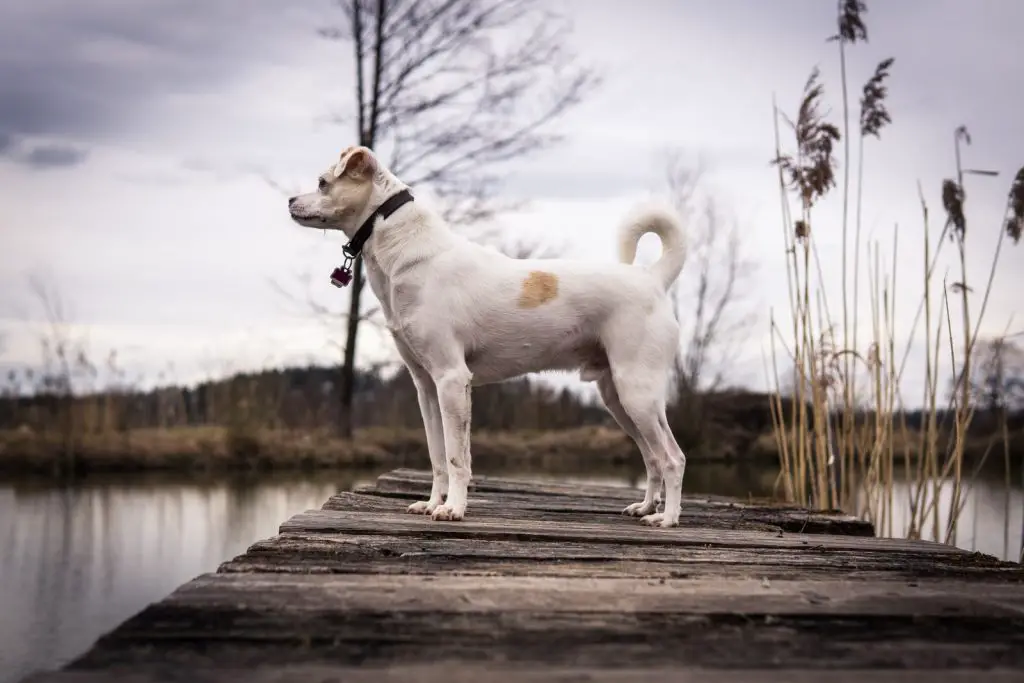
How to Train a Dog to Shed Hunt (Step by Step Guide):
Step 1 – Teaching the dog to fetch
You should start teaching the basics of fetching when your dog is only a few months old. It is a vital step if you want to train a dog to shed hunt.
Here is the advice to follow:
- Choose an appropriate toy for your dog to fetch – it should not be too big, or it can discourage your pup.
- Train your pup only about twenty minutes a couple of days a week, or you risk exceeding your puppy’s attention span.
- Reward your dog for every successful fetching – it must enjoy the activity and be eager to participate. Giving treats is the best way to secure progress.
Step 2 – Introducing Your Dog to Antlers
Once your dog masters the basics of fetching, it is time to introduce it to antlers. It is quite simple – just replace the toy with the real shed deer antler.
Here is the advice to follow:
- Make sure there are no sharp edges or points that could hurt your dog. A little bit of grinding here and there should do the trick!
- The antler needs to be the right size too so that your puppy can be successful every time it attempts to retrieve it.
- Take the antler away from the pup immediately! Do not allow your dog to hold on to the antler for too long or chew it as that can create bad habits.
Step 3 – Teach your dog to locate the antler
As soon as your dog gets used to retrieving antlers, you should move to the next training phase and teach him to use all his senses in locating antlers.
Until now, the dog has used only the sense of sight, but it is time to take the things to the higher level and teach him to track an antler it cannot see.
Order your dog to sit and wait while you take the antler to a location that is out of the dog’s sight. Go back to your dog and send him to fetch the antler.
Here is the advice to follow:
- Try to eliminate all the distractions, at least in the beginning.
- Choose the appropriate location that your dog is already familiar with.
- Making the process easy and choosing the controlled environment will help build your dog’s confidence, but you should slowly increase the difficulty with each retrieval.
Step 4 – Move the training into the field
Once your dog becomes good at scenting out the antler, you need to transfer the training away from the controlled environment and into a location that resembles the one he or she will be shed hunting in.
Here is the advice to follow:
- Maintain the same routine – hide the antlers and make your dog fetch them just like you did during the previous phase of the training process.
- The point is not to make the process too difficult for your dog as that would be discouraging and could result in a complete loss of interest.
- Slowly increase the distance until your dog is trained to locate antlers a substantial distance away.
- Provide guidance when needed but allow your dog to track the sheds on its own whenever possible – that is, the only way to know whether your dog is ready for shed hunting.
Step 5 – Take your dog to the first shed hunt
When your dog is perfectly capable of picking up the antler scent and retrieving it on its own, it is time to take it on the first hunting trip.
Make it memorable! Your dog needs to have a positive experience the first time around, and it is your duty to make it happen.
Here is the advice to follow:
- Ensure that the location you choose has at least a few sets of antlers to secure your dog’s success.
- If your dog seems confused, feel free to point him or her in the right direction. The last thing you want is for your hunting buddy to become discouraged or lose interest.
- Be patient and help your dog fine-tune its skills.
Congratulations! You did it!
If you have followed all the steps and advice, your dog should be ready to shed hunt with you.
Take your new hunting buddy shed hunting as often as you can until he or she becomes an expert!

